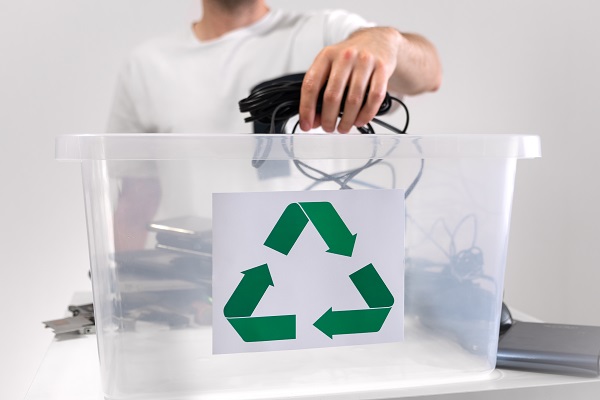Practices for Handling E-Waste: What You Need to Know

E-waste refers to discarded electronic devices, including computers, smartphones, televisions, and appliances. As people upgrade their gadgets and appliances at an unprecedented rate, millions of tons of e-waste are generated each year. Improper disposal of these items can lead to significant environmental harm due to the toxic materials they often contain. However, by adopting sustainable practices for handling e-waste, we can mitigate these issues and promote a circular economy, where resources are reused and recycled effectively.
E-waste comprises a wide range of electronic products that have reached the end of their life cycle. These products can contain hazardous substances such as lead, mercury, cadmium, and brominated flame retardants, which can leach into the soil and water, posing health risks to both humans and wildlife. Therefore, it’s essential for individuals and businesses alike to recognize the importance of proper e-waste management.
Sustainable E-Waste Disposal Practices
-
Assess and Inventory: The first step in managing e-waste sustainably is to conduct an inventory of all electronic devices. Identify items that are no longer in use or need replacing. This assessment helps determine what needs to be recycled, reused, or disposed of responsibly.
-
Reuse Whenever Possible: Before considering disposal, evaluate whether any of the devices can be repaired or reused. Many electronics can be refurbished and sold or donated to schools, charities, or community organizations. This practice extends the lifecycle of the devices and reduces the need for new products.
-
Recycle Properly: Recycling is a critical component of sustainable e-waste management. Many electronic components can be broken down and repurposed, thereby conserving resources and minimizing pollution. Look for certified e-waste recycling facilities that adhere to environmentally sound practices. These facilities often have the technology and expertise to extract valuable materials while safely disposing of hazardous components.
-
Utilize Take-Back Programs: Many manufacturers and retailers offer take-back programs for old electronics. These programs allow consumers to return their used devices to the company for recycling or proper disposal. Research the policies of the brands you support, as this can simplify the recycling process and ensure that the products are handled responsibly.
-
Educate and Advocate: Raising awareness about e-waste and sustainable disposal practices is crucial for fostering a culture of responsibility. Educate yourself, your employees, and your community about the implications of improper e-waste disposal and the importance of sustainable practices. Figures like Patrick Dovigi, CEO of GFL Environmental, have shown the positive impact of advocating for responsible waste management practices. Advocacy can lead to community-wide initiatives that promote e-waste recycling and responsible consumption.
In many regions, there are laws and regulations governing the disposal of e-waste. Familiarize yourself with local regulations to ensure compliance. Non-compliance can result in penalties and contribute to environmental degradation. Businesses, in particular, should implement best practices for e-waste management as part of their corporate social responsibility (CSR) initiatives. This not only aligns with ethical business practices but also enhances brand reputation.
Handling e-waste sustainably is a shared responsibility that requires awareness, education, and action. By assessing and inventorying electronic devices, promoting reuse, recycling properly, utilizing take-back programs, and advocating for change, we can significantly reduce the environmental impact of e-waste. As technology continues to advance, adopting these sustainable practices will be crucial in protecting our planet for future generations. Embracing responsible e-waste management is not just beneficial; it is essential for a sustainable future.
